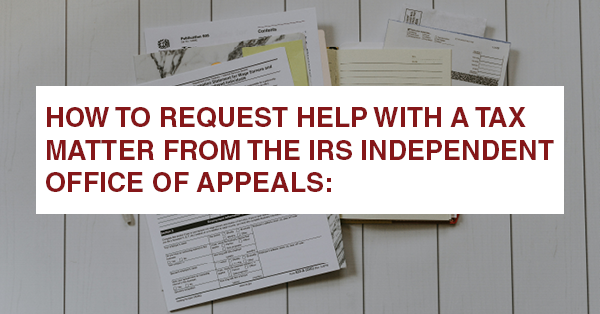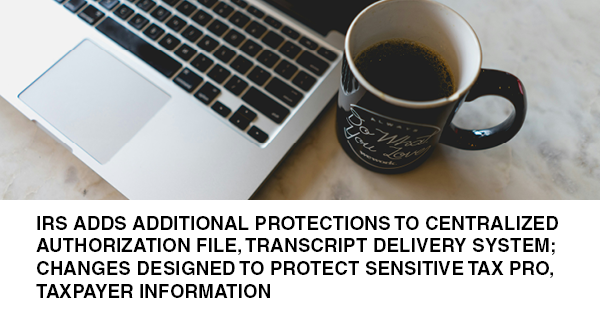SOCIAL SECURITY CHECKLIST:

One of the fundamental yet often overlooked aspects of personal finance is understanding and routinely reviewing the Social Security Statement. Given its relevance to retirement planning, disability coverage, and survivors’ benefits, here is a summary of the key components:
A. Personal Information
The first thing to verify on a Social Security Statement is the personal information. Discrepancies in details such as name, birth date, or Social Security number can potentially cause substantial issues at the time of claiming benefits.
B. Work History and Earnings Record
The Social Security Administration records the earnings each year and uses this to calculate future benefits. Hence, it is essential to scrutinize this section and make sure earnings are accurately reported. If there are any inconsistencies or inaccuracies, one needs to get in touch with the Social Security Administration (SSA) to rectify them.
Note from the Editor: I believe this is the most critical area – I get calls from self-employed clients, who are getting ready to retire, asking why they have years with no earnings. They generally only have five years to fix any missing earnings on their Social Security records.
C. Estimated Benefits
The longer one waits to begin claiming the retirement benefits due, until 70 years of age, the larger will be the monthly benefits. The personalized estimate statement provides the projected benefits for different scenarios – retirement, disability, and survivors benefits.
- Retirement benefits: The statement will furnish estimates of the monthly benefits likely to be received if one begins claiming at age 62 (early retirement), at full retirement age (which varies depending on the birth year), or at age 70 (delayed retirement).
- Disability benefits: There is also an estimate of potential benefits should one become eligible for Social Security disability benefits.
- Survivors’ benefits: In the event of the individual’s demise, this section indicates the benefits his / her dependents might be entitled to.
In conclusion, the Social Security Statement is not just a summary of earnings or a prediction of retirement benefits. It is a strategic tool that, when utilized correctly, can greatly enhance financial planning. If there are any discrepancies or queries, it is best to reach out to the SSA as soon as they become aware of the issues.




